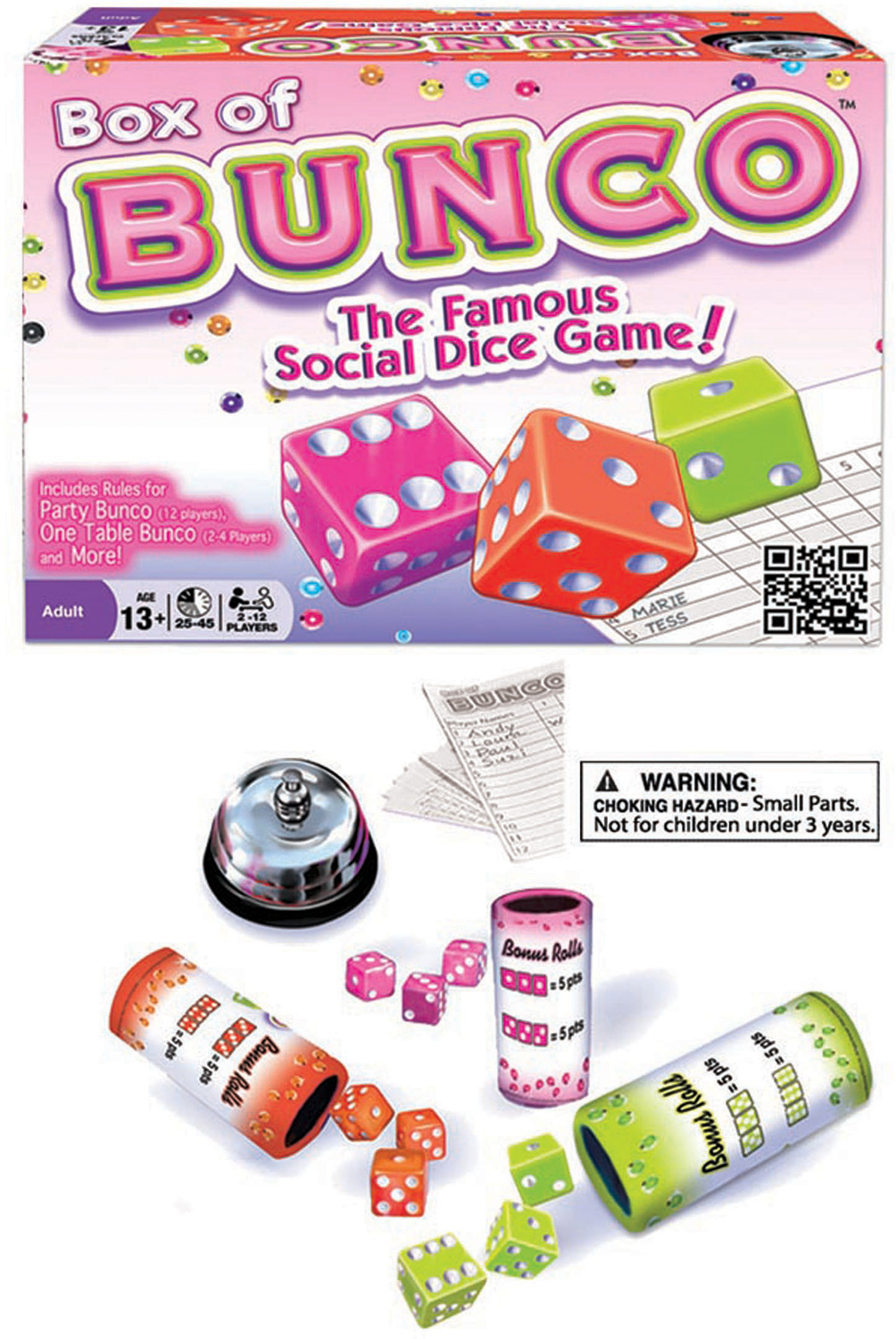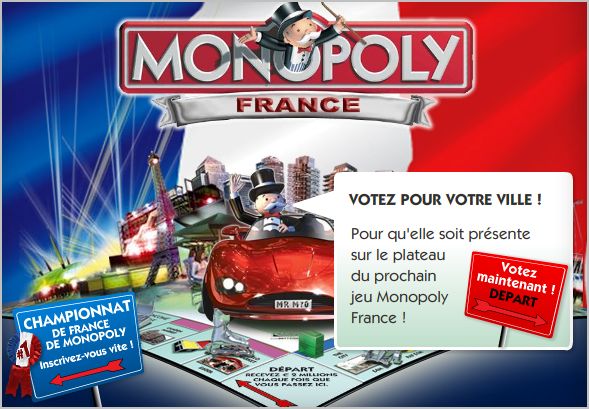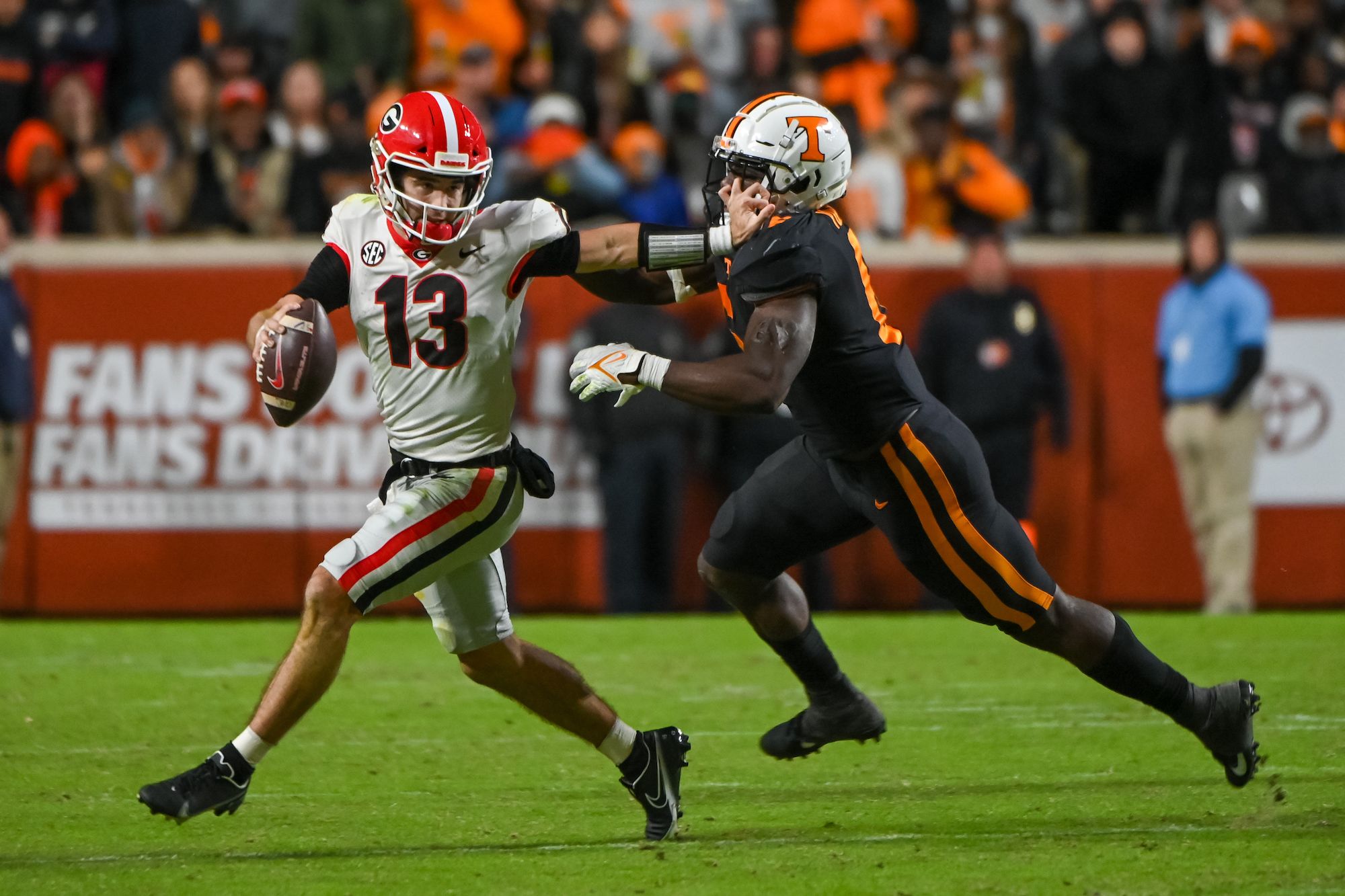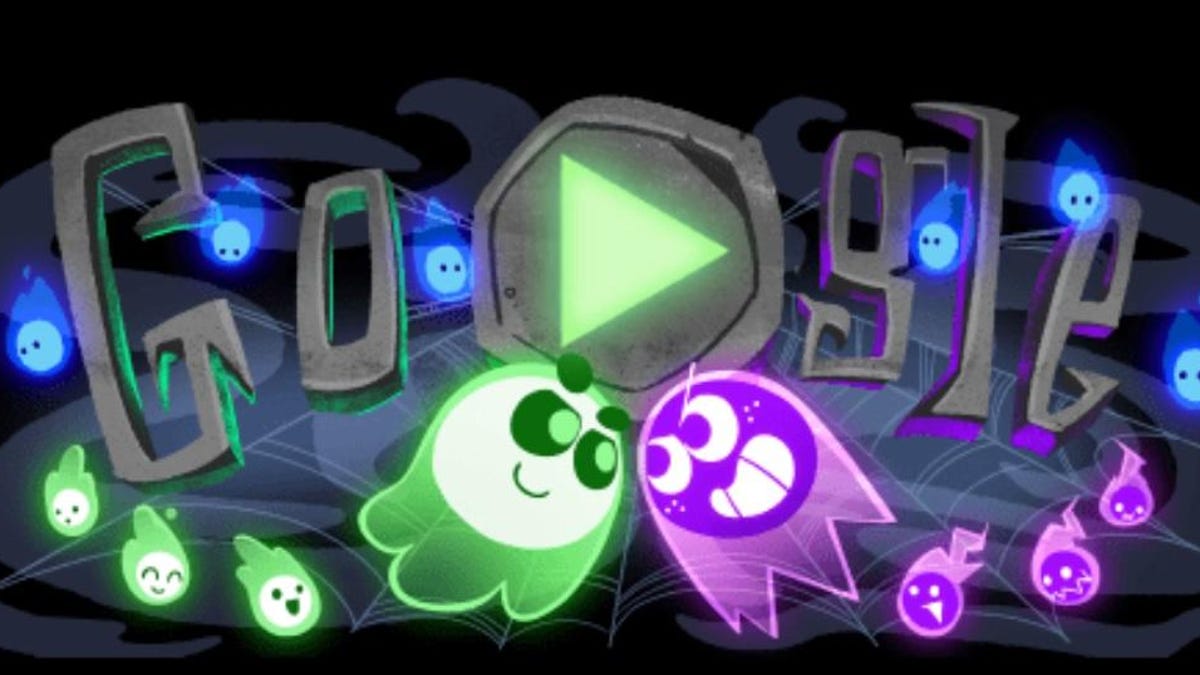Topic Bunco game: Discover the excitement of the Bunco game, a delightful mix of luck and social interaction, perfect for gatherings. This classic dice game, easy to learn and play, promises endless fun and a fantastic way to connect with friends and family.
Table of Content
- What is Bunco?
- YOUTUBE: How to Play Bunco
- Bunco Rules Overview
- Setting Up the Game
- Playing Bunco: The Basics
- Scoring in Bunco
- Winning and Prizes in Bunco
- Team Switch and Table Rotation
- Playing Bunco with Different Group Sizes
- Bunco Variations and Optional Rules
- Bunco Equipment and Accessories
- Organizing a Bunco Night
What is Bunco?
Bunco is a social dice game that has gained immense popularity due to its simple rules and fun, interactive nature. It"s typically played in large groups, often as a party game, making it an excellent choice for social gatherings and community events.
- Social and Team-Based: Played with 12 players, divided into teams, Bunco fosters a fantastic social environment.
- Game Structure: The game consists of multiple rounds, with players aiming to roll specific numbers based on the round they are in.
- Simple Scoring: Points are awarded for rolling the number corresponding to the current round, and bonus points are scored for special rolls like three of a kind.
- Player Rotation: Between rounds, players often switch tables and partners, adding to the game"s social aspect.
- Winning the Game: Winners are determined based on the number of matches or points scored, with various prizes often awarded.
Bunco"s appeal lies in its simplicity and the ease with which players can socialize and enjoy the game. It requires no significant strategy or skill, making it accessible to players of all ages and backgrounds.

READ MORE:
How to Play Bunco
Get ready to experience the thrill of play like never before! Join us in this video where we explore the fascinating world of play and uncover the endless possibilities of imagination and fun.
Bunco Rules Overview
Bunco is a dice game that combines simplicity with excitement, making it a favorite at social gatherings. Here"s a brief overview of its rules:
- Basic Setup: The game is typically played with 12 players, divided into groups of four at three tables. One table is designated as the "head" table.
- Gameplay: Each game consists of several rounds. Players take turns rolling three dice, trying to match the number of the current round (e.g., rolling ones in the first round, twos in the second).
- Scoring: Points are awarded for each dice matching the round number. Special scores are given for rolling three of a kind, known as a "Bunco".
- Player Rotation: After each round, players switch tables and partners, keeping the game dynamic and social.
- Winning the Game: The game typically ends after a set number of rounds. Winners are determined by the highest scores or the most Buncos rolled.
This overview provides a foundation for understanding Bunco, but remember, variations exist, and part of the fun is adapting the game to suit your group"s preferences!
How to Play Bunco: A Step By Step Guide - Learn All The Bunco Rules For This Simple, Fun Dice Game
Curious to learn the rules of the game that everyone is talking about? Look no further! In this video, we break down the rules step by step, empowering you to become a pro and dominate the competition.
How to Play Bunco Dice Game - Clumsy\'s Two Minute Tangents
Roll the dice and let the adventure begin! Discover the secrets and strategies of dice games in this captivating video. From classics to modern hits, get ready to be entertained and enticed by the unpredictable outcomes of every roll.
Setting Up the Game
Setting up a Bunco game is straightforward and can be quickly arranged for an enjoyable evening with friends. Follow these simple steps to get started:
- Arrange Tables: Set up three tables, each for four players. One table is designated as the "head" table.
- Prepare the Equipment: Each table needs three dice, a bell for the head table, and score sheets for keeping track of points and wins.
- Forming Teams: Divide the 12 players into teams of four. These teams will rotate among the tables as the game progresses.
- Scorekeepers: Appoint one scorekeeper at each table who will track the points and wins during the game.
- Setting the Rounds: Decide on the number of rounds that will be played. Each round corresponds to a number on the dice.
- Review the Rules: Ensure all players understand the basic rules, including how to score and when to rotate tables.
With these preparations, you"re all set to start a fun-filled Bunco game night!

Playing Bunco: The Basics
Understanding the basics of playing Bunco is key to enjoying this fun and social game. Here’s a step-by-step guide to get you started:
- Starting the Game: The game begins at the head table, where the scorekeeper rings a bell to signal the start of each round.
- Rolling the Dice: Players take turns rolling three dice, aiming to roll numbers that match the current round number (e.g., ones in the first round).
- Earning Points: You score points for each die that shows the round number. Special points are awarded for rolling three of a kind of the round number, known as a Bunco.
- Continuing Play: Play continues clockwise around the table until the head table reaches a score of 21 or rolls a Bunco, ending the round.
- Table and Partner Rotation: At the end of each round, players switch tables and partners, with the winners moving up to higher tables and losers moving down or staying put.
- Scoring: Scorekeepers at each table keep track of Buncos and points scored, which determine the winners at the end of the game.
This basic understanding of Bunco rules and gameplay sets the stage for a fun and engaging experience for all participants.
Scoring in Bunco
The scoring system in Bunco is straightforward, adding to the game"s charm and ease of play. Here"s a breakdown of how scoring works:
- Matching the Round Number: A point is scored for each die that rolls the same number as the round. For example, if it"s Round 1, each "1" rolled scores a point.
- Bunco: Rolling three of a kind of the round number scores a "Bunco", which is typically worth 21 points. This also usually signals the end of the round.
- Mini Bunco or Baby Bunco: If a player rolls three of a kind that doesn"t match the round number, it"s called a "Baby Bunco" or "Mini Bunco", often awarded with a smaller prize or special acknowledgment.
- Winning a Round: The team at the head table with the highest score or a Bunco ends the round. Points are tallied and recorded on score sheets.
- Tallying Scores: At the end of the game, players" scores are added up. Prizes or accolades may be given for the highest score, most Buncos, etc.
Understanding these scoring rules is essential for an enjoyable Bunco game, ensuring everyone is on the same page and can fully engage in the fun.

Winning and Prizes in Bunco
Winning in Bunco is as much about the fun and camaraderie as it is about the scores. Prizes add an extra layer of excitement to the game. Here"s how winners are determined and what kind of prizes are typically involved:
- How to Win: Winners are typically determined by the highest scores, the number of Buncos rolled, and sometimes other categories like the most wins or losses.
- Prize Categories: Prizes can be awarded for various achievements, such as the most Buncos, the highest overall score, the most rounds won, or even fun categories like the most enthusiastic player.
- Types of Prizes: Prizes can range from small tokens or gifts to cash pots contributed by the players. The type of prize often depends on the nature of the Bunco event - whether it"s a casual gathering or a more formal tournament.
- Pot Contribution: In some games, players may contribute to a prize pot at the beginning of the game, which is then divided among the winners in various categories.
- Creative Prizes: Hosts are encouraged to be creative with prizes, which can include anything from homemade gifts to themed items related to the occasion or the season.
Winning in Bunco is always secondary to the fun and social interaction, but the prizes certainly add a delightful competitive edge to the game.
Team Switch and Table Rotation
Team switch and table rotation are integral parts of Bunco, adding a unique dynamic to the social aspect of the game. Here"s how it works:
- End of Each Round: At the conclusion of each round, players switch tables and partners. This movement is based on the game results of that round.
- Winning Teams Moving Up: The winning team at each table typically moves up to the next higher table. For example, winners at table 2 would move to table 1.
- Head Table Dynamics: The team that wins at the head table stays, while the losing team moves down to the lowest-ranked table.
- Partner Swapping: Players also swap partners at the end of each round. This ensures that over the course of the game, everyone gets a chance to play with different people.
- New Round, New Setup: With each round, players find themselves at different tables with new partners, keeping the game fresh and engaging.
- Maintaining Balance: These rotations help balance the game, giving everyone a fair chance to play at the head table.
Through team switch and table rotation, Bunco fosters a lively and engaging environment, making every round a new experience for the players.

Playing Bunco with Different Group Sizes
Bunco is adaptable to various group sizes, making it an ideal game for different gatherings. Here are some ways to modify the game for different numbers of players:
- Standard Group (12 Players): The traditional Bunco game is played with 12 players, forming three tables of four.
- Smaller Groups: For groups smaller than 12, you can play with fewer tables. For instance, with 8 players, use two tables. The game mechanics remain the same.
- Larger Groups: For more than 12 players, simply add more tables. Each additional table adds four more players. Ensure the rotation and scoring rules are adjusted accordingly.
- Odd Number of Players: When dealing with an odd number of players, introduce a "ghost" player to complete a team. The ghost player"s partner handles both their rolls.
- Flexibility in Play: The key to playing Bunco with different group sizes is flexibility. Adjust the number of tables, teams, and rounds based on the number of participants.
- Tournament Style: For very large groups, consider organizing a Bunco tournament with multiple rounds and different players at each table in each round.
Regardless of the group size, the essence of Bunco as a fun, social, and easy-to-learn game remains the same.
Bunco Variations and Optional Rules
Bunco is a versatile game, and numerous variations and optional rules can be applied to keep the gameplay exciting and fresh. Here are some popular variations and optional rules:
- Traveling: An optional rule where a special item (like a soft toy or a bean bag) is passed around players under certain conditions, like rolling specific numbers.
- Theme Nights: Hosts often organize Bunco nights around specific themes, such as holidays, seasons, or colors, and the game rules are tweaked to fit the theme.
- Chime In: A variation where players ring a bell or chime when they roll a Bunco, adding a fun and audible element to the game.
- Ghost Player: Used when playing with an odd number of players. The "ghost" is a placeholder partner, and the actual player does double duty.
- Different Scoring Variations: Some groups may alter the scoring rules, like changing the points awarded for certain rolls or introducing new ways to score.
- Prize Categories: Adding unique prize categories, such as "most enthusiastic player" or "best themed outfit", can add a fun twist to the traditional prize system.
These variations and optional rules not only add an element of surprise to Bunco but also allow customization to suit the preferences of different groups and occasions.

Bunco Equipment and Accessories
To play Bunco, you"ll need some basic equipment and optional accessories to enhance the experience. Here"s a list of what you"ll need:
- Dice: You will need three dice per table. Dice are the central component of the game.
- Score Sheets: Score sheets or scorecards are essential for keeping track of points, Buncos, and team movements.
- Bell: A bell is typically used at the head table to signal the beginning and end of each round.
- Pencils or Pens: These are needed for players to record their scores during the game.
- Table and Chair Set-Up: Adequate seating and table space for groups of four at each table.
- Traveler: An optional item that is passed around for certain game variations like "Traveling".
- Themed Decorations: For theme nights, decorations that match the theme can enhance the game"s atmosphere.
- Prizes: While optional, prizes for winners and various categories can add an extra element of fun.
While the dice, score sheets, and bell are essential, the other items can be adjusted or added based on the preferences of the group and the nature of the gathering.
READ MORE:
Organizing a Bunco Night
Organizing a Bunco night can be a fun and rewarding experience. Here are some steps and tips to help you host a successful event:
- Invite Guests: Aim for multiples of four to accommodate the game"s structure. A group of 12 is ideal for traditional Bunco.
- Prepare the Space: Ensure you have enough tables and chairs for the players. Each table should accommodate four players.
- Gather Equipment: Collect the necessary game equipment including dice, score sheets, a bell for the head table, and any optional items like a traveler or themed decorations.
- Explain the Rules: Clearly explain the rules of Bunco to all participants, especially if there are newcomers to the game.
- Set Up Prizes: Decide on the categories for prizes and prepare them. These can range from small tokens to cash prizes, depending on the nature of your event.
- Arrange Refreshments: Bunco nights are social events, so consider providing snacks, drinks, or even a full meal for your guests.
- Plan for Rotation: Make a plan for how players will rotate between tables and switch partners between rounds.
- Enjoy the Evening: As a host, ensure everyone is having fun and the game runs smoothly. Remember, Bunco is about socializing and enjoying the company as much as it is about the game.
With these steps, your Bunco night is sure to be a hit, offering both a fun gaming experience and a great way to socialize with friends or meet new people.
Dive into the vibrant world of Bunco, a game that combines luck, laughter, and community. Perfect for any gathering, Bunco promises an evening filled with excitement, socialization, and simple, engaging fun. Discover the joy of Bunco at your next event!
















